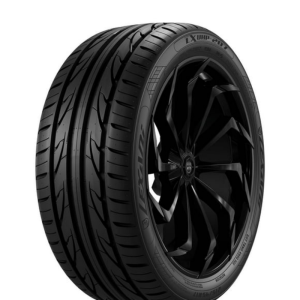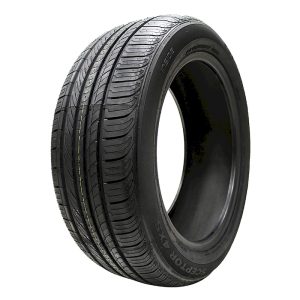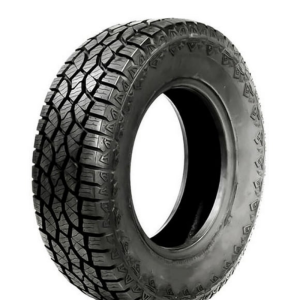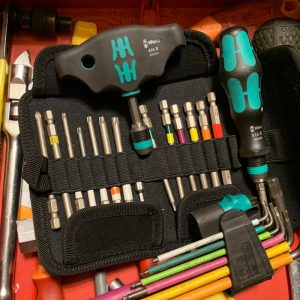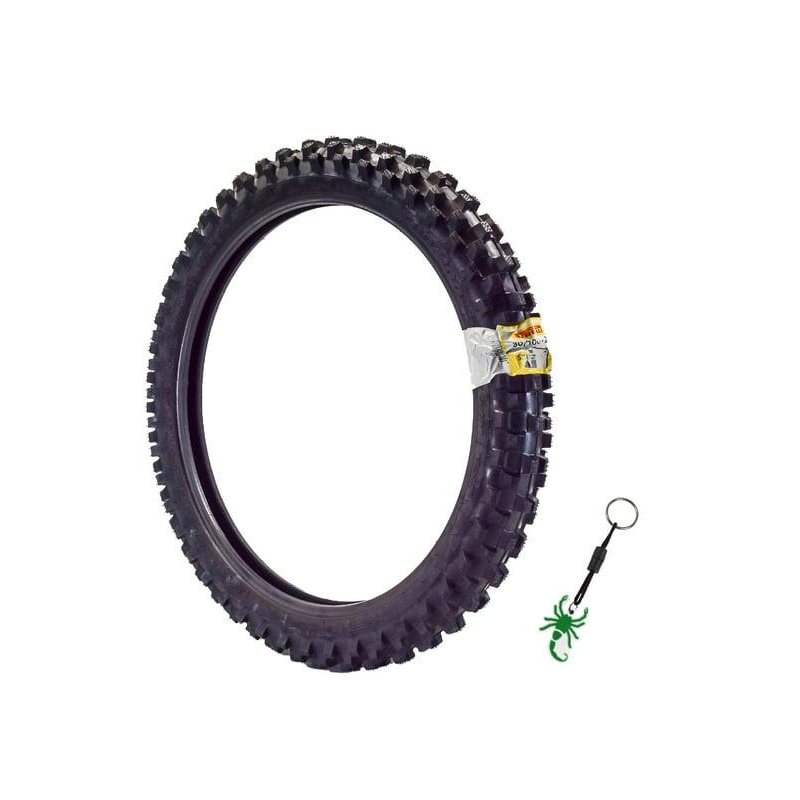
Maintaining the right tire pressure is crucial for bike performance, safety, and comfort. For both recreational cyclists and serious road warriors, understanding how much psi for bike tires is essential to maximize performance. The right pressure depends on several factors, including the type of bike, riding surface, rider weight, and personal preference. Over-inflated tires can lead to a harsh ride and increased risk of blowouts, while under-inflated tires can affect handling, speed, and overall safety. This comprehensive guide explores the optimal tire pressure for various types of bicycles, helps you understand the factors influencing tire pressure, and offers practical tips for checking and adjusting your bike tires efficiently. By the time you finish this article, you’ll be well-equipped to determine the perfect PSI for your bike tires, enhancing your riding experience.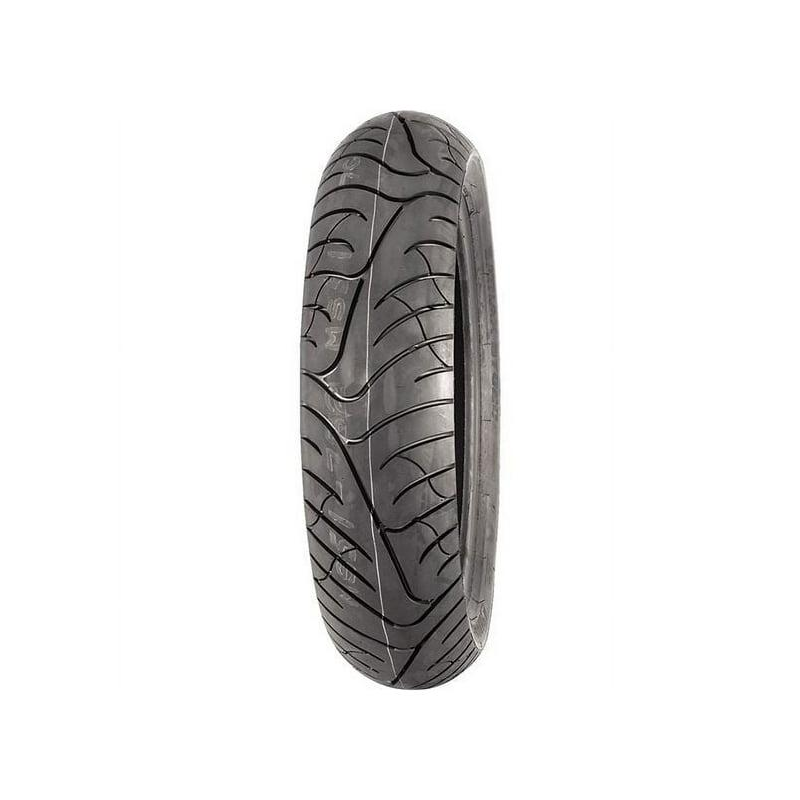
Understanding Tire Pressure
To fully grasp how much psi for bike tires is appropriate, it’s essential to understand what tire pressure means and why it matters.
1. What is PSI?
Overview: PSI stands for “pounds per square inch,” a measure of the pressure exerted by the air inside the tire.
- Importance of Measurement: It quantifies how much air is packed into the tire, which affects its shape and functionality.
- Influence on Performance: Correct tire pressure can significantly impact ride quality, traction, and rolling resistance, directly affecting overall performance and safety.
2. Why Tire Pressure Matters
Comfort and Safety: Proper tire pressure contributes to a comfortable ride and helps prevent accidents.
- Impact on Handling: Tires that are too soft can cause wobbling and sluggish handling, while overly inflated tires lead to reduced grip and increased risk of skidding.
- Damage Prevention: Incorrect tire pressure can also lead to premature tire wear or damage, requiring costly replacements.
Factors Influencing PSI for Bike Tires
Determining how much psi for bike tires isn’t simply a one-size-fits-all answer. Several important factors play a role in finding the ideal pressure for your specific situation.
1. Type of Bike
Different bikes have different requirements:
- Road Bikes: Typically require higher pressure due to narrower tires. Most road bikes have a recommended PSI ranging from 80 to 130.
- Mountain Bikes: These bikes usually have wider tires designed for rugged terrains, requiring lower psi, typically between 25 to 40.
- Hybrid Bikes: A blend of road and mountain bikes, hybrids generally use a medium PSI, roughly between 50 to 70.
2. Tire Width
Wider tires require different pressure settings:
- Tire Specifications: Bikes with wider tires (like mountain bikes) can run at lower PSI compared to narrow tires typically found on road bikes.
- Contact Patch: The contact area is essential. Wider tires at lower pressures create a larger contact patch with the ground, increasing traction.
3. Rider Weight
Rider weight plays a crucial role in determining tire pressure:
- Lighter Riders: Generally need lesser air pressure, while heavier riders may require higher PSI to avoid pinch flats.
- Personal Preference: Some riders may adjust tire pressure based on how they feel during rides, balancing comfort with performance.
4. Riding Conditions
Surface conditions can dictate ideal tire pressure:
- Rough Terrain: When riding on bumpy or uneven surfaces, lower tire pressure can enhance comfort and grip.
- Smooth Pavement: Higher PSI is suitable for smooth surfaces, allowing for less rolling resistance and faster speeds.
5. Weather Conditions
Weather can also influence tire performance:
- Temperature Effects: Tire pressure increases with temperature. In warmer weather, you may need to adjust your PSI down slightly.
- Wet Conditions: For riding in wet weather, reducing tire pressure a bit may increase traction by allowing the tire to maintain a better contact patch with the road.
6. Tubeless vs. Tubed Tires
The type of tire can change how you approach tire pressure:
- Tube Pressure Guidelines: Traditional tube tires often have different PSI settings than tubeless setups, which can run lower by design.
- Pinch Flat Resistance: Tubeless tires can generally withstand lower PSI without the risk of pinch flats, allowing opportunities for improved grip.
Recommended PSI for Different Bikes
To provide further clarity on how much psi for bike tires, here’s a breakdown of common bike types and their recommended pressures.
1. Road Bikes
- Optimal Range: Generally between 80 to 130 PSI.
- Factors: The specific range depends on tire width and riding style. Lighter riders or those seeking comfort may lean towards the lower end.
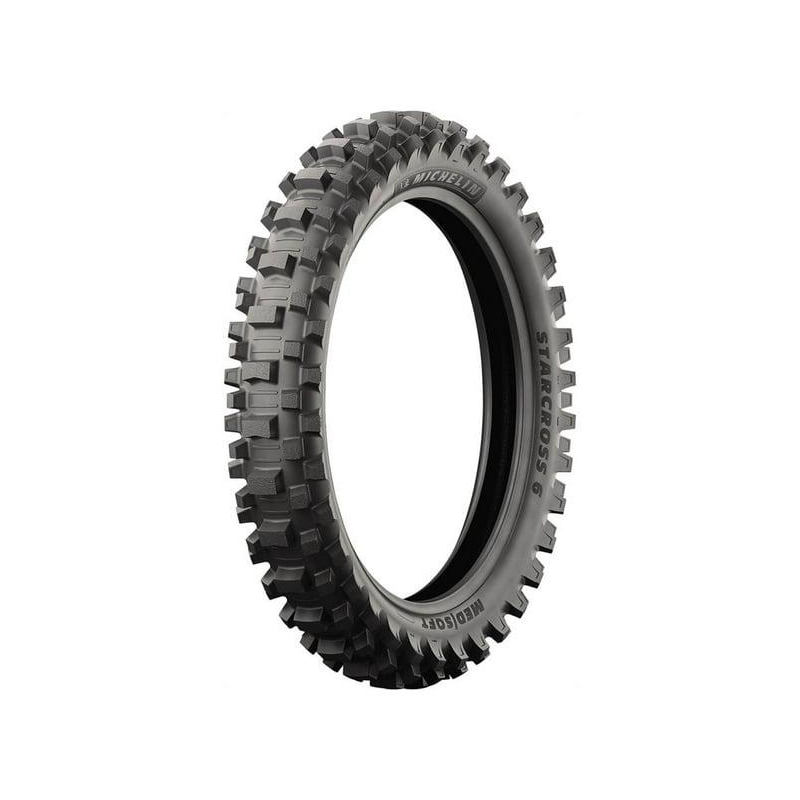
2. Mountain Bikes
- Optimal Range: Typically between 25 to 40 PSI.
- Purpose: Lower pressures provide better traction and comfort on uneven terrain, allowing tires to conform to obstacles.
3. Hybrid Bikes
- Optimal Range: Generally between 50 to 70 PSI.
- Usage: This suits riders who require stability on various surfaces, balancing both speed and traction.
4. BMX Bikes
- Optimal Range: Typically around 40 to 60 PSI.
- Design: BMX tires are designed for maneuverability, and pressures can vary based on riding style and terrain.
5. Fat Bikes
- Optimal Range: Usually between 5 to 15 PSI.
- Function: Fat bikes are designed for snow and sand, using wider tires that operate effectively at lower pressures for flotation.
6. Gravel Bikes
- Optimal Range: Generally between 35 to 70 PSI, depending on tire width.
- Enhancement: These ranges allow for smooth riding on mixed surfaces while providing sufficient cushioning.
How to Check and Adjust PSI for Bike Tires
Maintaining optimal tire pressure is essential for optimal performance. Below is a guide on how to check and adjust your bike’s tire pressure effectively.
1. Gather Necessary Tools
You’ll need specific tools before you start:
- Bike Pump with Pressure Gauge: Ensure your pump has an integrated gauge for easy reading of tire pressure.
- Handheld Pressure Gauge: For accuracy, a handheld gauge can be beneficial, especially for double-checking readings from your pump.
2. Checking Tire Pressure
Learn how to check your bike’s tire pressure:
- Remove Valve Cap: Begin by unscrewing the cap from the valve stem on your tire.
- Insert Pressure Gauge: Press the gauge onto the valve stem firmly to get an accurate reading. Ensure you maintain the right angle.
- Take Note: Record the PSI reading. Compare this with the recommended tire pressures outlined earlier.
3. Adjusting PSI
In case you need to adjust your tire pressure, follow these steps:
- To Inflate: If the PSI is below the recommended range, use the bike pump to add air. Remove the pump, ensure the seal is secure, and check again.
- To Deflate: If the pressure is too high, you can gently press the valve stem (the same way you checked). Allow small amounts of air to escape until you reach the desired PSI.
4. Regular Maintenance
Consistency is key to ensuring your bike tires are always at optimal pressure:
- Weekly Checks: Consider checking tire pressure weekly, especially before longer rides or competitive events.
- Routine Maintenance: Incorporate pressure checks into your overall bike maintenance routine, ensuring safety and performance.
Common Myths About Bike Tires and PSI
With the amount of information available, several myths can lead to confusion regarding tire pressure. Let’s debunk some common misconceptions.
1. Higher PSI Means Better Performance
Misconception: Many believe that higher PSI always leads to better speed and efficiency.
- Reality: While higher PSI can reduce rolling resistance on smooth surfaces, too much pressure can actually make handling more difficult and reduce traction.
2. All Tires Have the Same Recommended PSI
Misconception: Some riders assume that tire pressure recommendations are universal.
- Reality: Each bike type, brand, and tire can have different optimal pressures based on design, materials, and intended use.
3. Once Set, Tire Pressure Doesn’t Need to Change
Misconception: Another common belief is that you only need to set the PSI once and forget it.
- Reality: Tire pressures can change with temperature fluctuations and wear, necessitating regular checks to maintain the correct PSI.
4. A “Soft” Tire Is Always Under-Inflated
Misconception: Riders sometimes think that if a tire feels soft, it must be under-inflated.
- Reality: Some tires are designed to operate at lower pressures for specific applications, such as mountain biking, where softness can enhance grip and comfort.

Conclusion
Understanding how much psi for bike tires is crucial for both safety and performance. Proper tire pressure not only enhances comfort during rides but also ensures reliable handling and improved efficiency. As we explored in this guide, the appropriate PSI can vary significantly based on the type of bike, riding conditions, and rider preferences. Moreover, debunking myths surrounding tire pressure allows for better decision-making and encourages safer riding practices.
Regularly checking and maintaining your bike’s tire pressure is essential for sustaining its performance and extending the life of the tires. With the right approach and knowledge, cyclists can confidently tackle any ride. Whether you’re commuting, mountain biking, or participating in long-distance tours, staying informed about your tire pressure can make all the difference in your cycling experience. Equipped with this information, you’re ready to enjoy the open road or rugged trails with optimal safety and comfort.
